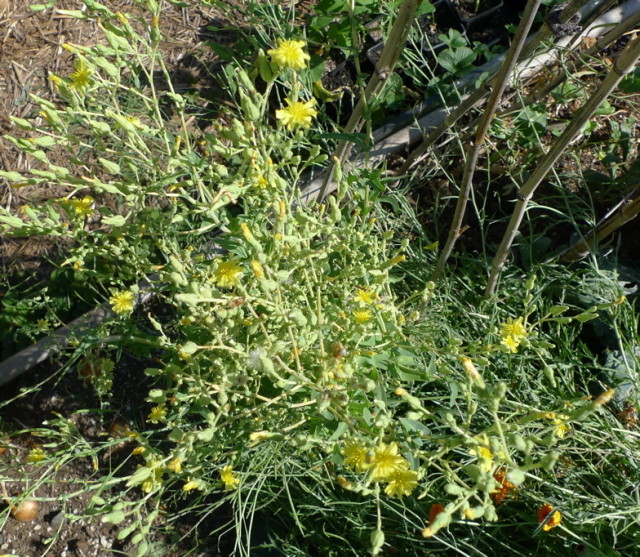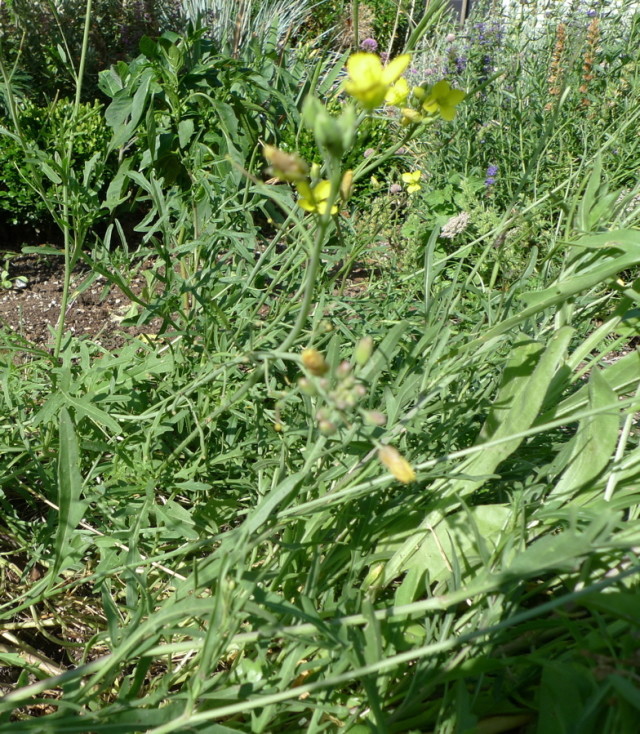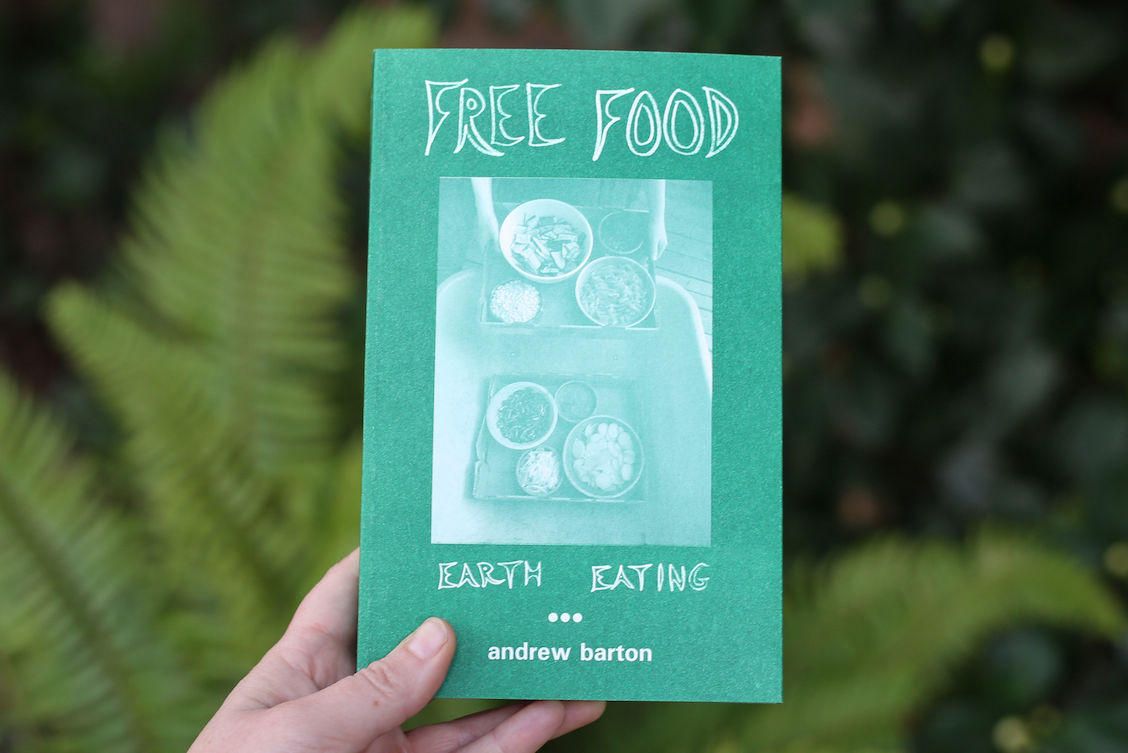Seedheads and Self-Sowing Surprises

Some yellow flowers yet on this lettuce plant – but it’s already started to make little black seeds, which I can shake onto the garden now for early spring salads!
I’ve just gone on a garden rampage – my yard debris is picked up every other Friday morning and, at 6 this morning, I remembered today was the day. I tore out, clippers in hand, and started filling my big green bin with old, aphid-riddled cabbage, broccoli, kale and other cruciferous vegetables that I had failed to harvest over the course of this insanely busy spring and summer. Most of them were covered not only with aphids but fat green seed pods. But I didn’t care – I tossed them. I’ve never had any luck in my garden with self-sown kale or broccoli.
But as I went on my tearing-out spree, I did leave a scattered selection of bolted (flowering) vegetables standing rather than pulling them out. Why? Because I’ve learned from experience that some vegetable plants will reliably self-sow in my vegetable garden and come true from seed, producing a new generation of plants that tastes as good as the previous one.
Vegetable plants that self-sow easily include lettuce, mache, arugula, parsley, leafy mustard greens including mizuna and purple Osaka types.
These tasty cool-weather greens germinate in late winter, grow vigorously in early spring, and produce an abundance of delicious leaves from April through June or so. The best part is, they do this with scarcely any intervention from me. No need for me to harvest, clean or store the seeds -all I need to do is leave a few plants (sometimes even just one) to flower and set seed. Sometimes, when I see it’s ripe, I cut off the branches and deliberately shake the seed in the part of the garden where I hope it will grow; sometimes I just cut off all the messy side branches, leaving a tall, narrow plant with at least a few seed pods on top so the plant takes up minimal space while the seeds ripen – and then I leave it to do its own thing.

These pretty yellow flowers will lead to rafts of fantastically peppery, lacy-leafed wild arugula plants in my garden next spring. By far, this “Wild Italian” variety of arugula (originally from Wild Garden Seeds – correction: original seed from Botanical Interests Seed Co.) is the most prolifically self-sowing and, in my opinion, the tastiest.
Some plants are more challenging to grow from home-saved seed. These include melons, squash and cucumbers, chard, carrots and more. It isn’t impossible to get good seed from these plants – you just need to sow the right plant varieties in the first place, hand-pollinate them and sometimes isolate the plants from others like them so they don’t cross and produce weird-tasting progeny. And finally, you need to harvest, clean and store the seed over the winter. It’s interesting and fun but this year, I’m sticking to the easy method.
So the upshot is: pay attention to the possibilities in your garden – sometimes you can sit back and let Nature do what Nature does best: procreate. Think of yourself as your garden’s caretaker and shepherd and let some of the plants do their own thing. Watch for self-seeding opportunities with suitable plants and then keep an eye out for the seedlings come spring. You’ll find that self-sown plants are typically stronger and better adapted to your own garden over time.
If you’re hot to trot for any of these delicious greens, they can be sown in the garden now for autumn and possibly even winter enjoyment. As long as you keep them well watered during any hot weather we may have left, they should begin to produce for you within a month!
For more information about self-sowing food crops, read this from Wild Garden Seed, a Philomath company specializing in organic, locally adapted seed strains. Also, get more details here on saving seed for various vegetable varieties.




